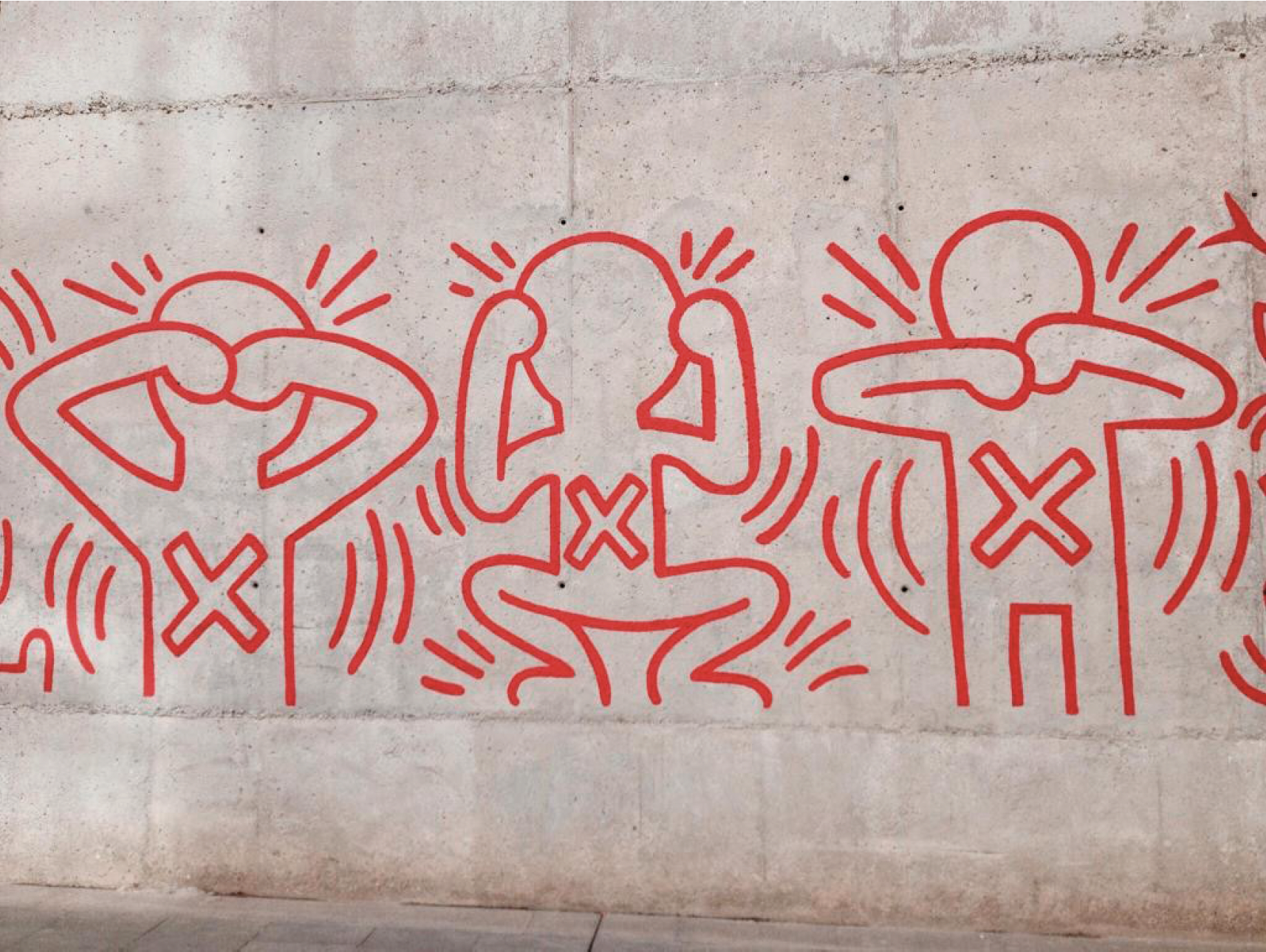
The built environment and public spaces informing teaching and learning
##plugins.themes.immersion.article.figure##

Abstract
Modern learning environments have evolved beyond traditional classrooms, encompassing various settings like digital networks, social media, communities, and urban landscapes. The defining characteristics of an educational space include purpose and intentionality, going beyond conventional boundaries and offering students practical, context-specific learning experiences. Engagement with public spaces and the constructed environment facilitates spatial engagement and participation.
This text explores a critical pedagogy that aims to uncover institutional power and prevailing ideologies within everyday experiences, questioning the educational value of buildings, cities, streets, and walls. It examines the constructed environment as an educational tool, including cities, parks, houses, streets, public, and private spaces.
Within the domain of educational research, urban public spaces and the built environment serve as crucial contexts for graduate students, providing experiential learning opportunities and an in-depth analysis of the intricate relationship between political and pedagogical rationales that shape urban spaces and structures. This exploration also extends to the spaces between buildings and the practices that influence them.
Urban spaces offer genuine learning contexts, enhancing research skills and honing observational abilities. Students are encouraged to delve beneath the surface of familiarity, transcending self-evident truths.
The text presents three case studies examining cultures formed by young individuals in schools, urban populations, small communities, and urban artists. These studies spotlight the educational significance embedded within the interplay of spatial configurations and the inhabitants of these spaces.
Cover page:These walls are meant for people, Barcelona, 2019
References
- Biesta, Gert. 2012. “Philosophy of Education for the Public Good: Five Challenges and an Agenda.” Educational Philosophy and Theory 44, no. 6 (August): 581–593. https://doi.org/10.1111/j.1469-5812.2011.00783.x
- Ciaffi, Daniela, Emanuela Saporito, and Ianira Vassallo. 2022. “From Social Infrastructure to the Civic Center. The School as Laboratory of Collaborative Governance Models.” Les Cahiers de la Recherche Architecturale Urbaine et Paysagère (16). https://doi.org/10.4000/craup.11754
- Costa, Rute Ana; Sofia Marques da Silva and Francisco Barata, Francisco. 2011. “Education and architecture. Young people’s perspectives and dialogues for a better understanding of built environment". Considering research: Reflecting upon current themes in Architectural research: ARCC Spring Research Conference of the Architectural Research Centers Consortium, Southfield.
- Costa, Ana Rute, Sofia Marques da Silva, e Francisco Barata Fernandes. 2015. “O Envolvimento De Jovens No Ambiente construído Da Escola: Do espaço físico Ao espaço Educativo”. Educação, Sociedade & Culturas, n. 44 (Fevereiro):67-85. https://doi.org/10.34626/esc.vi44.258.
- Darts, David. 2004. “Visual Culture Jam: Art, Pedagogy, and Creative Resistance.” Studies in Art Education 45 (4): 313–327. https://doi.org/10.1080/00393541.2004.11651778
- Eriksen, Aase, and Katharine Kriebel. 1980. “Learning through the Built Environment.” Art Education 33, no. 6 (October): 20–23. https://doi.org/10.2307/3192453
- Feldman, Roberta M., and Susan Stall. 1994. “The Politics of Space Appropriation.” In Women and the Environment: Human Behavior and Environment, edited by Arza Churchman and Irwin Altman, vol 13. Boston, MA: Springer. https://doi.org/10.1007/978-1-4899-1504-7_7
- Giroux, Henry. 1983. Theory and Resistance in Education: A Pedagogy for the Opposition. South Hadley, MA: Bergin & Garvey.
- Giroux, Henry. 2004. “Cultural Studies, Public Pedagogy, and the Responsibility of Intellectuals.” Communication and Critical/Cultural Studies 1 (1): 59–79. https://doi.org/10.1080/1479142042000180926
- Kolb, Alice Y., and David A. Kolb. 2005. Learning Styles and Learning Spaces: Enhancing Experiential Learning in Higher Education. Academy of Management Learning & Education 4 (2): 193–212, https://doi.org/10.5465/amle.2005.17268566
- Kolb, David A. 1984. Experiential Learning: Experience as the Source of Learning and Development. New Jersey: Prentice-Hall.
- Lave, Jean, and Etienne Wenger. 1991. Situated Learning: Legitimate Peripheral Participation. Cambridge: University of Cambridge Press. https://doi.org/10.1017/CBO9780511815355
- Mitchell, William. 2002. “Showing Seeing: A Critique of Visual Culture.” Journal of Visual Culture 1 (2): 165–181. https://doi.org/10.1177/147041290200100202
- Pawlak, Sarha, and Sofia M. Silva. 2022. Pixo not dead! A arte subversiva jovem como forma de expressão. Paper presented at GROW UP Jovens a crescer em regiões de fronteira / III Seminário Internacional JEDI, Faculdade de Psicologia e Ciências da Educação da Universidade do Porto, Porto, Portugal, June 8–9.
- Pawlak, Sarha, and Sofia M. Silva. 2023. “O que as paredes nos ensinam? A arte de rua e o desenvolvimento da educação política, crítica e cívica.” Paper presented at III Encontro Internacional Lusófono Todas as Artes | Todos os Nomes, Instituto de Sociologia da Universidade do Porto, Porto, Portugal, June 21–23.
- Rioux, Liliane, Fabrizio Scrima, and Carol M. Werner. 2017. “Space appropriation and place attachment: University students create places”, Journal of Environmental Psychology, 50: 60-68. https://doi.org/https://doi.org/10.1016/j.jenvp.2017.02.003
- Schuermans, Nick, Maarten P. J. Loopmans, and Joke Vandenabeele. 2012. “Public Space, Public Art and Public Pedagogy.” Social & Cultural Geography 13 (7): 675–682. https://doi.org/10.1080/14649365.2012.728007
- Sigurðardóttir, Anna Kristin, Torfi Hjartarson, and Aðalsteinn Snorrason. 2021. “Pedagogical Walks through Open and Sheltered Spaces: A Post-Occupancy Evaluation of an Innovative Learning Environment.” Buildings 11 (11): 503. http://dx.doi.org/10.3390/buildings11110503
- Soja, Edward. 1989. Postmodern Geographies: The Reassertion of Space in Critical Social Theory. Verso, London and New York.
- Valentine, Gill. 2008. “Living with Difference: Reflections on Geographies of Encounters.” Progress in Human Geography 32 (3): 323–337. https://doi.org/10.1177/0309133308089372